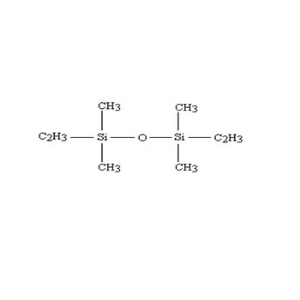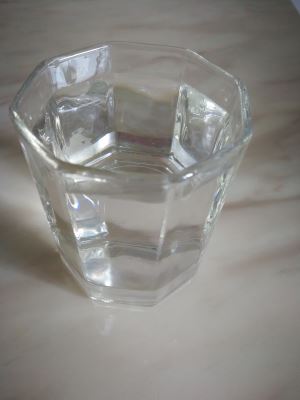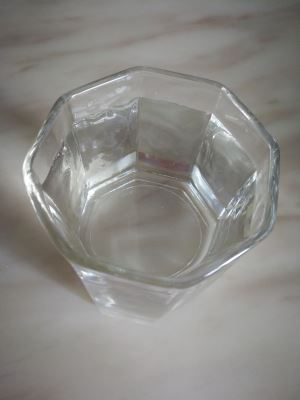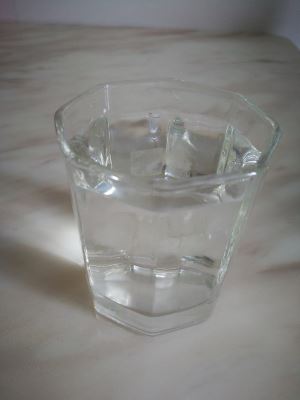

Recycled Silicone Rubber
-
Payment


-
Origin
China Mainland
-
Minimum Order
5
-
Packing
Pieces
- Contact Now Start Order
- Description
Product Detail
Recycled silicone rubber
We recycle most types of silicone / siloxane-bearing by-products including cured rubber, uncured rubber, solids, liquids, silicone oils and gels, foams in most any form including sprues, transfer pads, spent molds, finished obsolete / rejected goods such as hose, belting and silicone treated fabrics.
These materials are depolymerized to recover silicone monomers such as D3 and D4.
Recycling of waste silicone rubber using a variety of methods. The thermal cracking method requires high temperature, many side effects and low yield.The technology of acid catalytic cracking is mature, and the content of D4 is high in the cracking products, but a large number of acid waste liquid may cause second pollution.The D4 content in the cracking products of the alkali catalytic cracking method is low, and the current methods of high yield are mostly solvent.At present, the partial depolymerization glue is the main development direction of the rational use of waste silicone rubber (including other additives such as fillers). The early waste silicone rubber was used as a pavement or building waterproof layer after simple comminution, which was very uneconomical. Nowadays, through various crushing methods, silicone rubber with different diameters has been made and used as modifier of rubber and plastics, which has achieved good technical and economic benefits.
Waste silicone rubber are crosslinked, but not by the moderate crosslinking density; depolymerization reaction (commonly known as pyrolysis) can be converted into energy again with rubber vulcanization processing applications; it can also be split into two dimethyl cyclosiloxane (DMC) and silane monomer before use; can also be directly broken into silicone rubber powder used as filler, modified rubber and plastics, to improve some performance to reduce the cost of the product. The thermodynamic equilibrium between the DMC and the polymer in the polymerization. In the presence of acidic and alkaline catalysts, the linear two methylsiloxane (PDMS) is cleaved and continuously removed from the reaction system to get DMC, so that the polymer can also be converted to DMC. The recovery of DMC by cracking waste silicone rubber is based on this principle.The main problem of cracking silicone rubber is due to the existence of reticular structure. Despite the presence of catalyst, the cracking rate is very slow.The main means to promote the cracking reaction are over 300? and used in the inert gas environment and the use of solvents in the pyrolysis. The latter method is undesirable from the energy point of view, because the solvent is removed before the product is obtained.In addition, when the high boiling point solvent is used, it is difficult to separate monomer solvent from the equilibrium cracking mixture. When the solvent and a small number of monomers are separated, the remaining PDMS is difficult to stable lysis in neutral environment, so the DMC yield is very low.
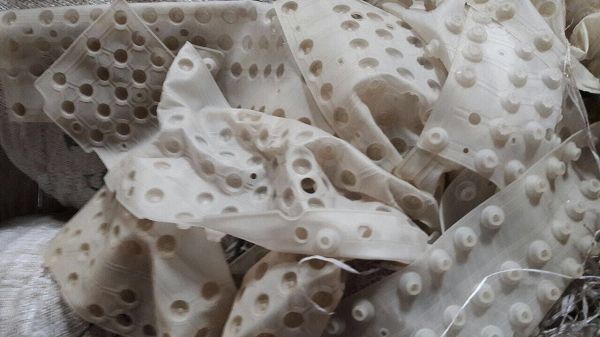
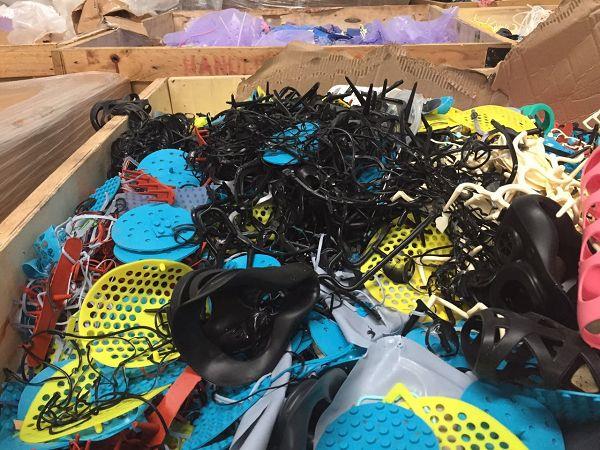
- Recycled Silicone Rubber Seal Strip 5 Pieces / (Min. Order)
- Recycled Keypad 5 Pieces / (Min. Order)
- Recycled Nipple 5 Pieces / (Min. Order)
- Waste Silicone Rubber 5 Pieces / (Min. Order)
- Silicone Rubber Scrap 5 Pieces / (Min. Order)
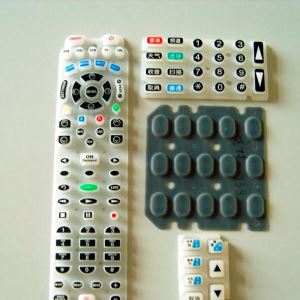
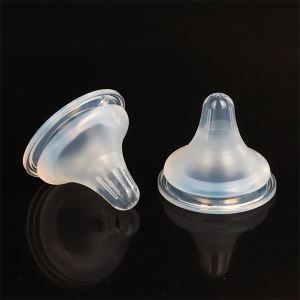
 Favorites
Favorites

